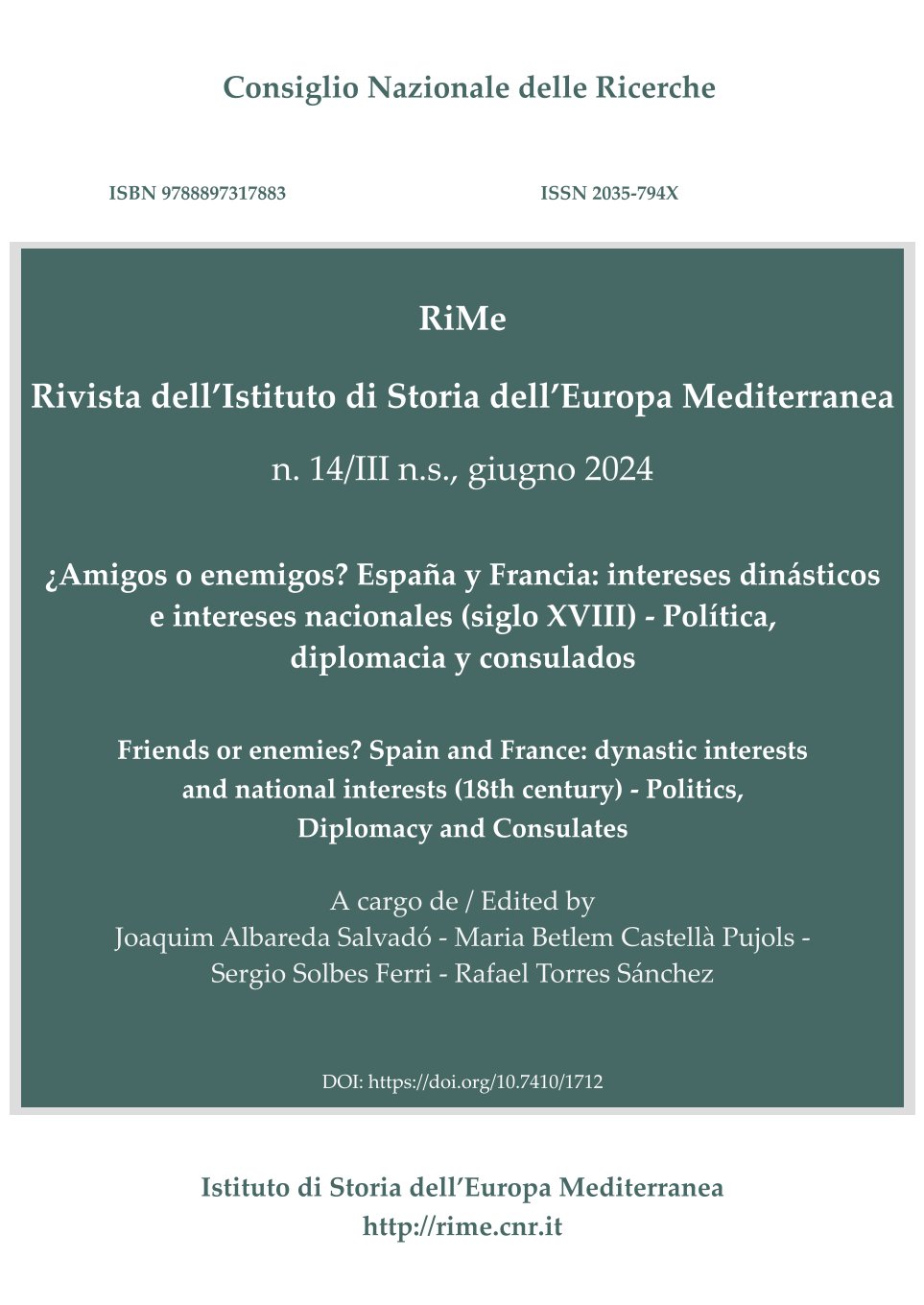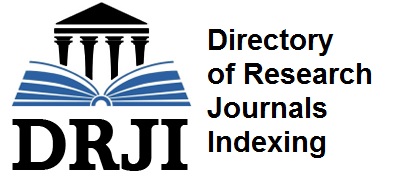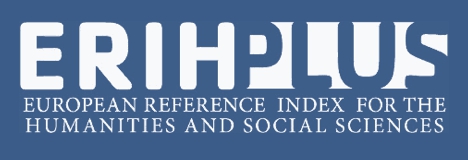Ruptures politiques, ruptures de reseaux? Une analyse des diplomates espagnols au dèbut du règne de Ferdinand VI (1746-1754)
Political ruptures, ruptures of networks? An analysis of Spain diplomats at the beginning of the reign of Ferdinand VI (1746-1754)
Abstract
This article offers a social and structural analysis of the Spanish diplomats responsible for implementing the new foreign policy at the beginning of the reign of Ferdinand VI in 1746. A new team coordinated by the Secretary of State, José de Carvajal (1746-1754), intended to make a political break with the previous reign. Using a semiotic, prosographical and network analysis approach, we look at how this political break was accompanied by a change in the diplomats, who were carefully selected on the basis of their origins and their relations with the Partido español, which was in power at the time.
Cet article propose une analyse sociale et structurale des diplomates espagnols en charge d’appliquer la nouvelle politique extérieure au début du règne de Ferdinand VI en 1746. Une nouvelle équipe coordonnée par le Secrétaire d’Etat, José de Carvajal (1746-1754), entend assumer une rupture politique avec le règne précédent. Par une approche sémiotique, prosographique puis d’analyse de réseau, nous observons comment cette rupture politique est accompagnée par un changement de diplomates soigneusement désignés en fonction de leurs origines et choisis par leurs types de relations avec un Partido español alors au pouvoir.

This work is licensed under a Creative Commons Attribution-NonCommercial 4.0 International License.
Authors who publish with this Journal agree to the following terms:
Authors retain copyright and grant the Journal right of first publication with the work simultaneously licensed under a Creative Commons Attribution-NonCommercial 4.0 International License.
This Journal permits and encourages authors to post items submitted to the Journal on personal websites or institutional repositories both prior to and after publication, while providing bibliographic details that credit, if applicable, its publication in this Journal.

















